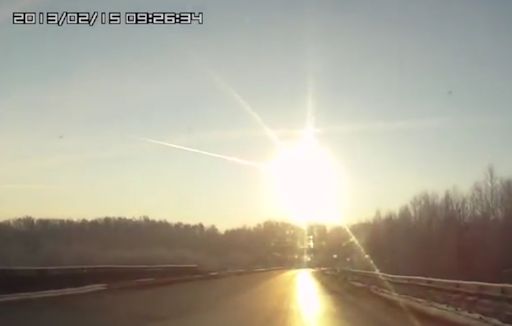Here is at https://malagabay.wordpress.com/2017/10/09/the-atomic-comet-neutron-bombs/ … Those of the opinion that the EU electric comet is the bees knees might like to read this post from Tim Cullen, ever the one to challenge what others say. The electric comet prediction has failed on numerous occasions as comets have come and gone with hardly the fireworks expected as they round the Sun. Might there be something wrong with the theory – as it is a theory (although you wouldn't think so if you went to www.thunderbolts.info and looked up the subject). How long do we have to wait for some real electrical discharges to occur?
Sputtering is a process whereby particles are ejected from a solid target material due to bombardment of the target area by energetic particles. As sputters etches away the comet's surface the newly exposed material may facilitate a self sustaining 'nuclear reaction' (yes, a nuclear reaction) – for a limited period. This causes the size and brightness of a comet coma to increase – even if it is many miles away from the particle energy source (presumably the Sun). A sustained nuclear chain reaction can trigger a catastrophic cometary outburst.
Cullen goes on to claim the Chelyabinsk meteor (in 2013) was a super bolide caused byu a 20m near earth object meteoroid that entered Earth's atmosphere (see below). It quickly became a brilliant super bolide meteor – visible up to 62 miles away, The fireball produced intense heat. It also generated a bright flash – producing a hot cloud of dust and gas. Most of the energy produced was absorbed by the atmosphere – as it is inclined to do.
At http://spaceweather.com (October 10th 2017) we are told another asteroid is about to buzz the Earth – passing within an eighth of the distance to the Moon. It makes reference to the Chelyabinsk meteor (hence the image). The space rock arrived without warning and lit up the sky with a second sun as shock waves shattered windows in hundreds of buildings in Chelyabinsk. It appeared to come out of the same part of the sky as the Sun (hence telescopes missed it) and years later meteorite collectors are still finding bits and pieces of the meteor following the detonation and rain of meteorites.

